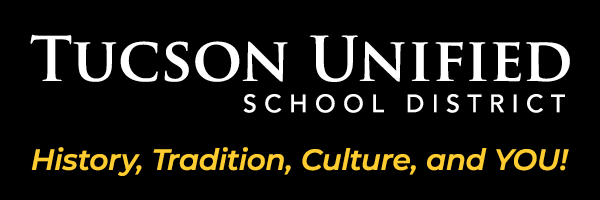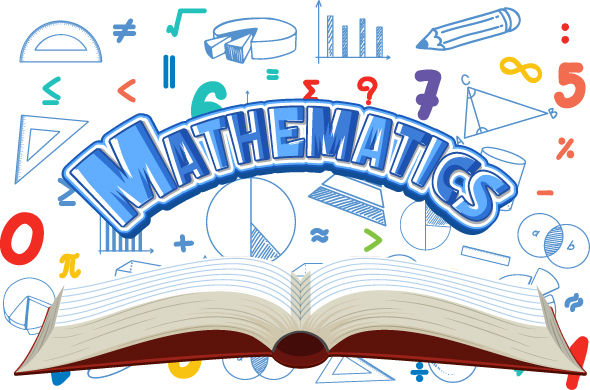3rd Grade Math Course
Question 1: How can mathematical operations, like multiplication, division, and fractions, help us solve real-world problems and make everyday decisions?
Question 2: How do measurement and geometry help us understand, compare, and design the spaces and objects around us?
We explore the foundations of multiplication and division by connecting repeated addition, arrays, and equal groups to multiplication and division using units of 2, 3, 4, and 5. We apply the commutative, associative, and distributive properties to build fluency and flexibility. We also begin to understand division as an unknown factor problem and represent and solve multiplication and division word problems within 100 using drawings and equations with a symbol for the unknown.
We use these skills to figure out how many items are in several groups or how to divide a set of objects evenly. For example, we can use the commutative property to show that 3 × 5 and 5 × 3 have the same product or apply the distributive property to break apart 6 × 4 into (3 × 4) + (3 × 4).

We learn to understand place value with metric measurements like grams, kilograms, liters and milliliters. We round numbers and use different strategies for multi-digit addition and subtraction. Then, we solve word problems involving measurements.
We can use these skills to measure weights and liquids in real life, like determining how much something weighs or how much liquid is in a container. We can round numbers to quickly estimate costs, distances, or amounts. We can also apply our understanding of place value addition, and subtraction to solve everyday problems, like figuring out how much more of something we need or comparing measurements, such as how far apart two locations are.

We continue to develop our understanding of multiplication and division using units of 0, 1, 6, 7, 8, and 9. We apply the commutative, associative, and distributive properties to represent and solve problems within 100 and identify patterns in multiplication facts. We solve two-step word problems using the four operations and represent these with equations, including using a letter for the unknown quantity.
These strategies help us solve real-world problems, like sharing school supplies equally, finding totals using arrays, or determining how many rows or groups are needed. For example, we might solve a word problem about setting up chairs in rows for an assembly using multiplication or division.
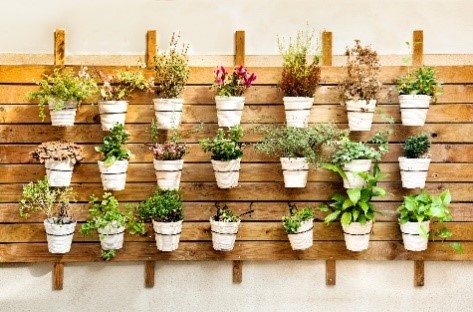
We learn to measure the area of polygons by counting square units, using our multiplication skills from previous lessons to find the area of rectangles, and applying strategies to solve real-world problems involving area. We also break down shapes into smaller parts to find the area.
We can use this to find the area of real-world objects like rooms, gardens, or walls. This helps us figure out how much space things take up, like how many tiles we need to cover the floor.
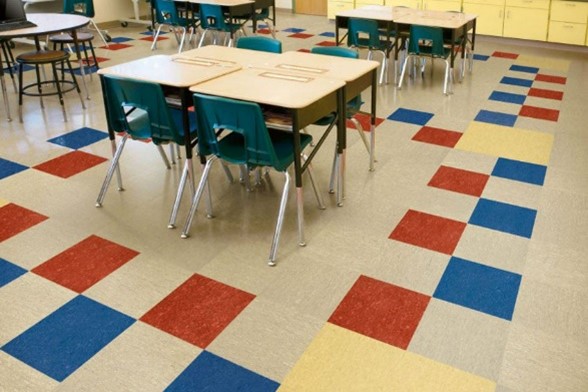
We learn how to partition shapes into equal parts and identify them as fractions. We explore how fractions are represented on a number line and understand their size and value. We also use number lines and pictorial models to visualize fractions.
We can use this knowledge of fractions for real-life world situations like sharing food and measuring.
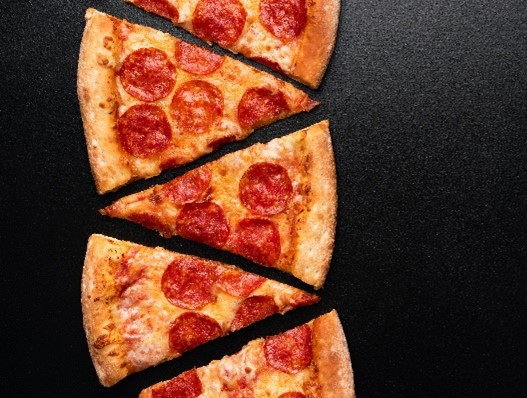
We learn to tell time to the nearest minute, solve time interval problems, and count by fives, tens, and ones. We also explore the attributes of two-dimensional shapes, like parallel sides and right angles, and use these to describe and sort polygons. We measure perimeters and relate them to area, and practice collecting and displaying data on line plots and graphs.
We can use these skills to help us manage time, understand shapes, design spaces, and organize data. By solving perimeter problems and analyzing data, we build strong problem-solving and measurement skills for real-world applications.
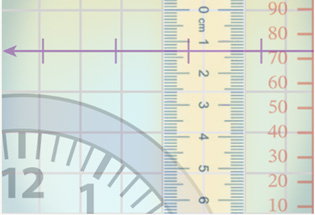
We are here to equip, inspire and enrich the strengths of all learners with relevant educational experiences for lifelong learning.
Every day we strive to provide a world-class education that is equitable, empowering and inspiring for all.
Learn more about our programs & resources.
C&I Department
520-225-6282
1010 E. Tenth St., Tucson, AZ 85719 Map (google.com)
